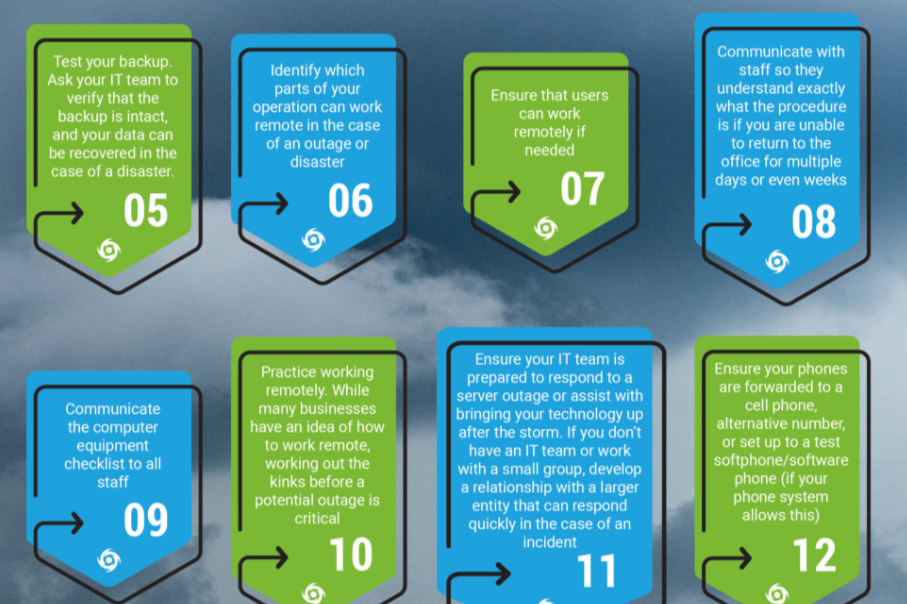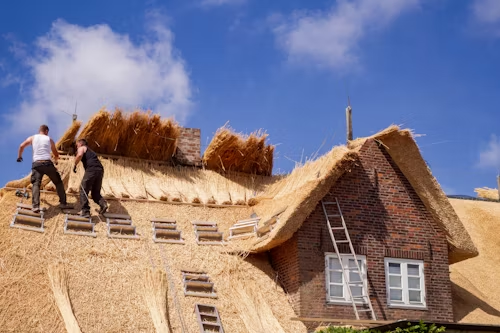
What would you do if you had just 48 hours to prepare for a hurricane?
No, seriously. Not a drill. The sky’s turning gray, warnings are out, and a Category 3 is building strength in the Gulf. Do you know what needs to happen next?
The truth is, most people don’t.
They wait. They assume they’ll have time. They figure the storm might veer off. But waiting too long can cost you your home, your safety, even your life. And honestly, that’s not something you want to figure out when the wind is already knocking at your door.
This isn’t a general reminder to “be prepared.” This is a straight-talking checklist for hurricane season. It’s everything that actually matters, in the right order.
1. Make a Solid Evacuation Plan
Yes, before you stock up on water or board a window, you need to know where you’re going if evacuation becomes necessary. It’s a common mistake to leave this step for later, but when roads get jammed and hotels fill up, you don’t want to be scrambling.
Start by finding out if you live in an evacuation zone. If you do, map out multiple routes out of your area. Don’t rely on just one path; if there’s flooding or a traffic jam, you’ll need alternatives. Share your plan with family members and pick a meet-up location in case you get separated.
Write it all down. Keep it somewhere accessible, and update it as needed.
2. Strengthen Your Home’s First Line of Defense
One of the most critical parts of hurricane prep is protecting the structure of your home, especially the windows. High winds, flying debris, and sudden pressure changes can turn a single weak point into total structural failure.
Hurricane prep with impact windows in St. Petersburg is a must here, as they can mean the difference between a home that weathers the storm and one that ends up unlivable. Unlike plywood or basic shutters, impact windows are designed to withstand serious force and keep your home sealed up tight.
If you live in a high-risk area, this upgrade is worth prioritizing ahead of the season, not when a storm is already on the radar.
3. Stock Emergency Supplies (Smartly)
The keyword here is “smartly.” You don’t need 10 cases of canned corn. What you need is a thoughtful, well-rounded supply kit that covers essentials without wasting space or money.
Build out these core areas:
● Water – At least one gallon per person per day, for three days minimum
● Food – Non-perishables that don’t need refrigeration or cooking
● Medications – A full two-week supply of prescriptions
● First Aid Kit – Not just bandages, but also antiseptic, tweezers, gloves
● Lights and Power – Flashlights, batteries, and a power bank for devices
Don’t forget comfort items like baby wipes, garbage bags, and cash. ATMs and card readers often go offline during outages, so having small bills on hand can be a lifesaver.
4. Back Up Your Documents and Data
If your house floods or gets hit hard, you’ll need access to important documents fast—think insurance info, ID, banking details, and medical records.
Here’s how to stay ready:
● Make physical copies and store them in a waterproof folder
● Upload digital versions to a secure cloud account
● Keep a USB backup in your go-bag
This step often gets overlooked, but it’s the one that saves you the most time and stress in the aftermath.
5. Prep Your Yard and Property
When a storm rolls in, everything outside your home becomes a potential projectile. A lightweight patio chair can shatter a window. A tree limb can take down your roof.
Take a walk around your property and handle the basics:
● Secure outdoor furniture – Tie it down or bring it inside
● Trim trees and shrubs – Especially branches close to your roof or windows
● Clear gutters and drains – Prevent backups and reduce flood risk
● Move vehicles to higher ground – Or at least out of harm’s way
This part is quick, but it’s powerful. Many hurricane insurance claims come from damage that could have been avoided with a little yard prep.
6. Know What to Do When the Storm Hits
Once the hurricane is on its way, your focus shifts from prevention to protection. Stay inside and stay informed. Use a battery-powered radio to listen for updates, especially if power goes out.
Close all interior doors, stay away from windows, and keep your emergency kit within arm’s reach. If officials issue a last-minute evacuation and you have time to leave safely, go. If not, move to an interior room or closet, preferably on the lowest floor but above flood level.
Avoid using candles. They’re a fire hazard, especially if there’s damage or leaks. Stick to flashlights and lanterns.
And keep calm. Panic leads to mistakes.
7. Post-Storm Safety Steps
Once the storm has passed, it’s tempting to rush outside and check the damage. But there are still dangers to watch out for—floodwaters, downed power lines, gas leaks, unstable structures.
Use caution.
Only return home (or go outside) when local authorities say it’s safe. Take photos of any damage for insurance purposes before you begin cleanup. If you’re using a generator, follow all safety guidelines to avoid carbon monoxide poisoning.
Most importantly, check in with loved ones. Let them know you’re okay, and see who else might need help.
When Preparation Meets Action
The difference between being prepared and being panicked comes down to one thing—action ahead of time.
There’s no such thing as a “minor” hurricane when it comes to the damage it can do to an unprepared home. But with the right plan, the right supplies, and the right reinforcements, you’re not just bracing for impact. You’re ready.
If you haven’t already started checking off this list, don’t wait for the next warning. Start now. Do one thing today, and then another tomorrow.
When the next storm heads your way, you’ll be glad you did.







